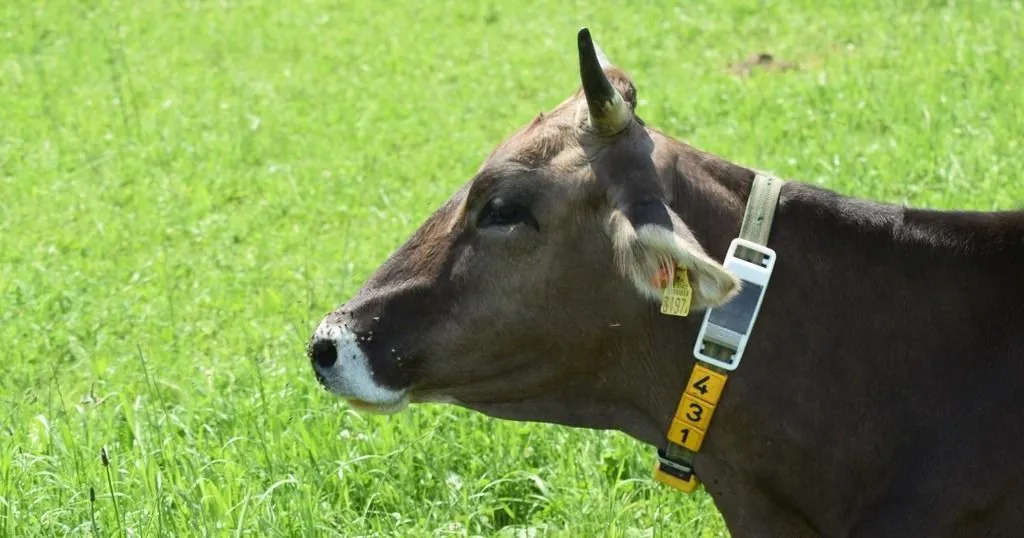Which head and neck positions are stressful for your horse during lunging?
Being a horse owner and a Noldus employee is the perfect combination when it comes to keeping track of the scientific background for my horseback riding hobby.
Posted by
Published on
Fri 17 Apr. 2015
Topics
| Horses | Physiology | Stress | The Observer XT |
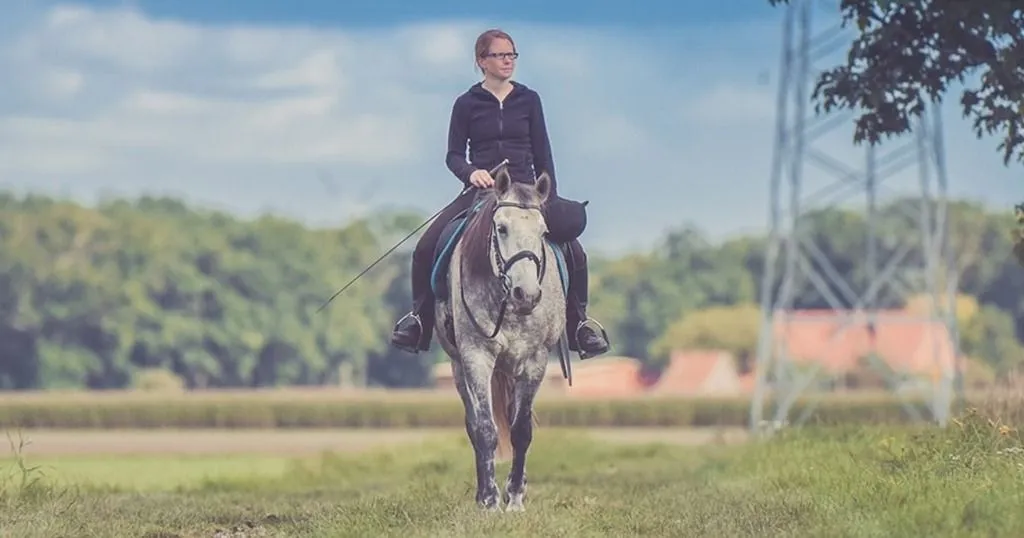
Being a horse owner and a Noldus employee is the perfect combination when it comes to keeping track of the scientific background for my horseback riding hobby. Since horses communicate differently than humans, I always wonder if I have a “happy athlete” when we are exercising together. Esmee Smiet and colleagues recently investigated the effects of different head and neck positions (HNPs) on behavior, heart rate variability (HRV) and cortisol levels in lunged Royal Dutch Sport horses. Interestingly, they were able to find significant differences in stress response between different head and neck positions, suggesting that there are indeed low stress and high stress ways to exercise your horse.
Horses and people
Almost all horse owners, from recreational riders to professional riders, have an opinion on the best way to train your horse. Recently, public awareness has been drawn to the welfare of sport horses and, in particular, dressage horses. For example, “Rollkur”- a position in dressage training/sports in which the head-neck position is hyperflexed - has led to much discussion in both the Fédération Equestre Internationale (FEI) as well as the general public. This training technique may cause unnecessary discomfort and possibly pain in horses; however, this effect has not been demonstrated in base level trained horses (Sloet van Oldruitenborgh-Oosterbaan et al., 2006 and Becker-Birck et al., 2012). There is a demand for scientific research on horse training methods to acquire objective information instead of opinions and to allow organizations such as the FEI to define new guidelines for training and competition.
Head and neck positions investigated
For Smiet’s study, five standard predetermined HNPs were used. The figure below shows: (1) HNP1 (free, unrestrained); (2) HNP2 (neck raised, bridge of the nose around the vertical); (3) HNP4 (neck lowered and considerably flexed; nose pointing towards the chest); (4) HNP5 (neck raised and considerably extended; bridge of the nose in front of the vertical), and (5) HNP7 (neck lowered and flexed; nose pointing towards the carpus). HNP3 and HNP6 were not included in this study, as they were considered to be too similar to HNP2 and HNP4/7.

Exercise test
After warming up (8 minutes of unrestrained walk and trot) the animals were assigned to a specific HNP. The standard exercise test (SET) consisted of a 15 min. trot, 4 min. canter and 5 min. walk, followed by an unrestrained cool-down of 5 minutes.
Measuring stress levels
Before, during and after the SET the horse’s behavior was recorded on camera and analyzed with The Observer. Their heart rate (HR) and heart rate variability (HRV) was measured with a telemetric device and the cortisol levels were measured via saliva and plasma samples. The complete ethogram can be found in Table 1 of Smiet’s paper.
Behavioral indicators of stress
During the exercise, positive and relaxed behaviors such as ears pointing forward lasted significantly longer in HNP1, HNP5, and HNP2, as did playing with the bit in HNP4 and HNP7. The horses most often exhibited conflicting behaviors during exercise if they were in HNP2 and HNP5. Previous research has shown, and the authors of this study agree, that the horses probably learned which aids are for which HNP and might have anticipated positively or negatively, accordingly.
During application of the side reins during HNP2 and HNP7, the horses showed an aversive anticipation. Interestingly, when in HNP4 the horses did not display any aversive anticipation even though past studies have suggested that HNP4 may have negative effects on airway function and neuromuscular transmission.
Biological indicators of stress
An HRV analysis revealed an effect related to stress in HNP2 and HNP4. The nervous system is possibly activated in these HNPs, resulting in a deviation from the normal HRV due to muscle fatigue, pain or altered respiratory function. This effect is in line with a previous studies on lactate dehydrogenase and increased intrathoric pressure during exercise in the same horses. Additionally, saliva measurements showed that of all the HPNs, the highest concentration of cortisol was found in HNP2 – thus further supporting the evidence of elevated stress levels.
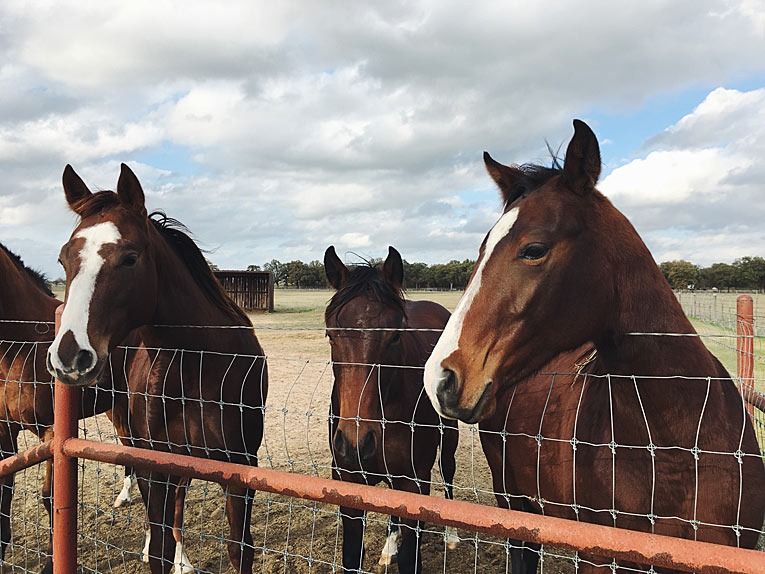
HNP2 is the worst
The combination of behavioral and physiological data suggested that exercise positions which forced the horses’ heads higher was more stressful compared with exercise in the hyperflexed HNPs. This study shows that HNP2 was the most prominent position for inducing HRV, cortisol levels and behavior responses. Based on the HRV and cortisol analyses, training in HNP7 may be preferable to HNP4/HNP2. The horses showed negative anticipation during applications of both HNP2 and HNP7.
Smiet et al.’s research refutes the claim that hyperflexion results in discomfort for horses during exercise. These results are a step towards defining new guidelines for ethically training and competing with horses, and hopefully for better human and horse athletes across the world.
Find out more
E. Smiet; M.C. Van Dierendonck; J. Sleutjens; P.P.C.A. Menheere; E. Van Breda; D. De Boer; W. Back; I.D. Wijnberg; J.H. van der Kolk. (2014). Effect of different head and neck positions on behavior, heart rate variability and cortisol levels in lunged Royal Dutch Sport horses. The Veterinary Journal, doi: 10.1016/j.tvjl.2014.07.005.
Read more about research on horses here.
Related Posts
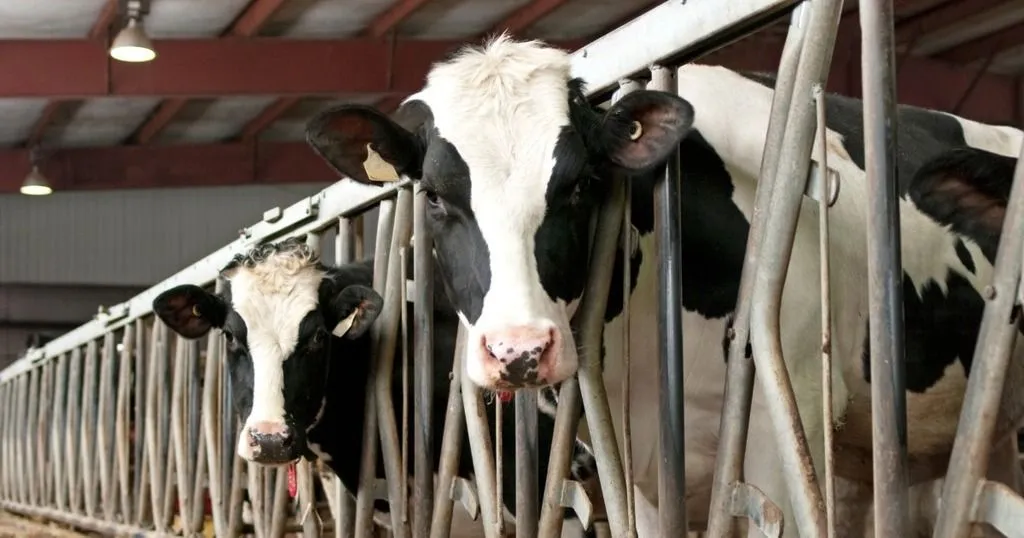
LIFESTART project
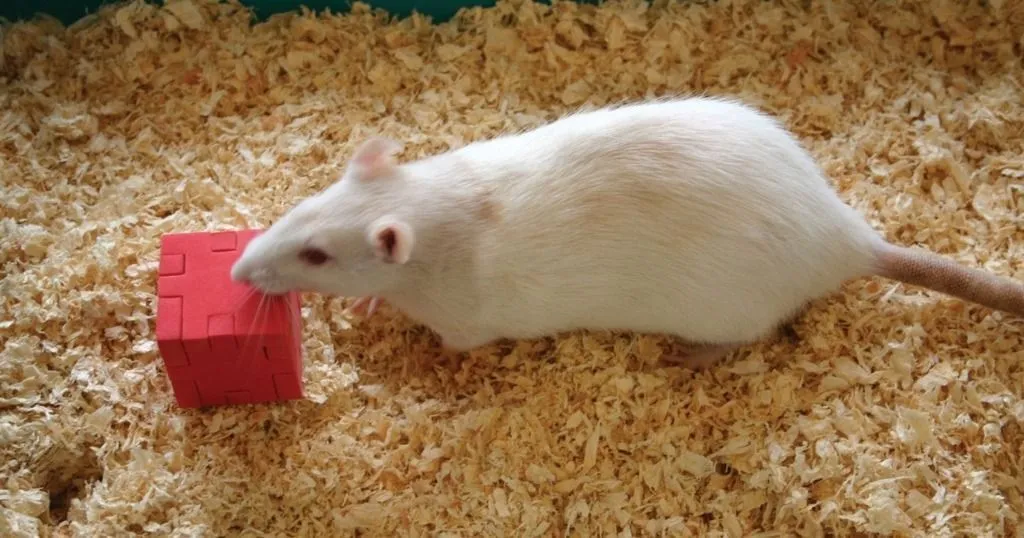
Using several behavioral tests to investigate the role of the NR1 gene in schizo
